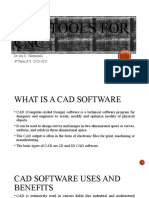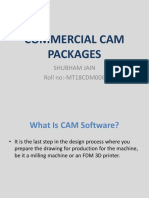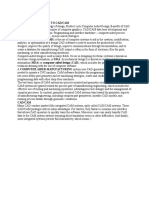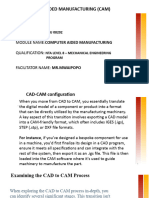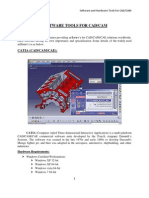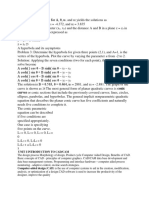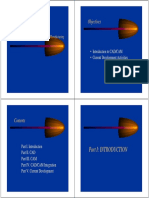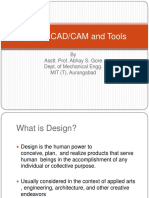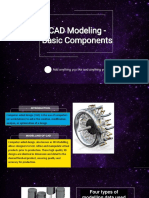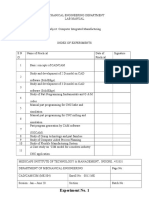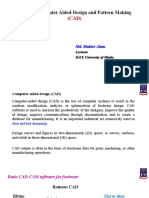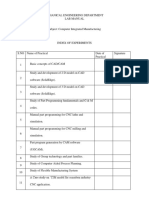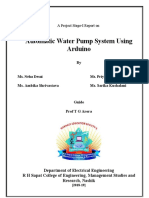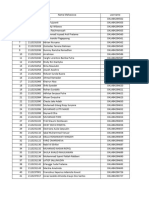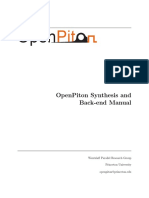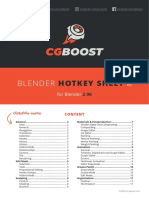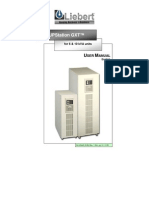0% found this document useful (0 votes)
38 views7 pagesAssignment - 1 Swat Analysis of Cam Software: Introduction
The document provides an overview of computer-aided manufacturing (CAM) software and summarizes 10 popular CAM software programs. CAM software uses toolpaths generated from 3D models to automate manufacturing processes. Key CAM software features include machining, turning, and solid modeling capabilities. The top 10 CAM software discussed are Fusion 360, Solid Edge, HSM, SolidWorks CAM, NX CAM, Gibbs CAM, Power Mill, Mastercam, Cimatron, and SolidCAM. Their prices, capabilities, pros, and cons are briefly summarized. The market share of major high-end CAM software programs is also depicted in a pie chart.
Uploaded by
divyansh vermaCopyright
© © All Rights Reserved
We take content rights seriously. If you suspect this is your content, claim it here.
Available Formats
Download as PDF, TXT or read online on Scribd
0% found this document useful (0 votes)
38 views7 pagesAssignment - 1 Swat Analysis of Cam Software: Introduction
The document provides an overview of computer-aided manufacturing (CAM) software and summarizes 10 popular CAM software programs. CAM software uses toolpaths generated from 3D models to automate manufacturing processes. Key CAM software features include machining, turning, and solid modeling capabilities. The top 10 CAM software discussed are Fusion 360, Solid Edge, HSM, SolidWorks CAM, NX CAM, Gibbs CAM, Power Mill, Mastercam, Cimatron, and SolidCAM. Their prices, capabilities, pros, and cons are briefly summarized. The market share of major high-end CAM software programs is also depicted in a pie chart.
Uploaded by
divyansh vermaCopyright
© © All Rights Reserved
We take content rights seriously. If you suspect this is your content, claim it here.
Available Formats
Download as PDF, TXT or read online on Scribd
/ 7

